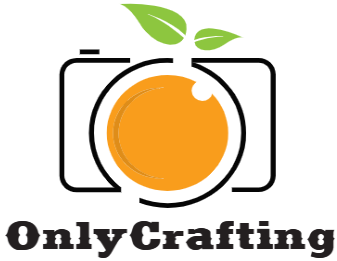Natural silk is an animal protein fiber produced with the aid of a few bugs to make their cocoons and webs. Silk is usually regarded as the queen of all fabrics, however many captivating and exciting facts about silk are absent from the expertise of silk to the general character of silk fabric.
Click here tailors near me
Several one-of-a-kind types of silk are produced using the propagation of various insects via similarly moth caterpillars. Yet none of these had been used for commercial purposes, even though number one research were executed in such silk systems. Silk is generally produced maximally thru larvae, and is hence in large part limited to completely metamorphosed insects. Silk way of life has been practiced in China for as a minimum 5000 years
Get more knowledge on different here best formal suit tailors.
Sort Of Silk
The cultivation of silkworm is called sericulture. Although many insects produce silk, the handiest filaments produced with the aid of Bombyx mori, the mulberry silkworm and some others of the identical genus are those utilized by the economic silk industry.
Silkworm
The “silk bug”, technically, isn’t a trojan horse but an insect pupa. However, for simplicity and consistency, we will use the term silkworm in the course of this writing. Raw or mulberry silkworm farming is executed on mulberry plants in a blanket and managed surroundings.
Raw Silk
Silk thread that has been reeled from the cocoon and remains in its herbal u . S .. It is composed exclusively of fibroin (filament) with about 10-25% sericin (a viscous secretion). Raw silk is golden yellow in shade and particularly difficult.
Face Up To Dyeing
A traditional approach of dyeing textiles with patterns. Various strategies with wax, paste, binder, stitching, and blocks can be used to “withstand” or keep the dye from getting to all the material. This creates a sample and floor. In Thailand, cloth factors are made with the aid of binding to a water-resistant cloth to prevent dye from moving into the fabric.
Weighted Silk
Silk that is dyed and into which metal fabric is delivered at some stage inside the death procedure. This adds lower back weight that is misplaced at some stage in de-gumming as well as offers frame to the material. If wetting isn’t always executed properly, it reduces the existence of the material. Pure dye silk is considered superior.
Silk Thread Production
Silk thread, also called yarn, is made with the aid of breaking or twisting reel silk. First, uncooked silk skins are categorised on the basis of shade, length and quantity. Next, they’re soaked in warm water with oil or cleaning soap to soften the sericin. The silk is then dried.
As the silk fibers are reeled onto the bobbin, they’re twisted in a completely unique way to obtain the high-quality texture of the yarn. For example, a “unmarried” is made out of numerous fibers that may be twisted together in a unmarried course. They are tighter for sheer fabrics and looser for thicker fabrics. With crepe de chine, voile or tram a combination of unmarried and untwisted fibers may be twisted together into sure patterns to gain the preferred texture of garb. The fibers can also be synthetic in impact to be used in the nap of the cloth, for the outdoors, or for the interior of the material.
Silk Quit
After degassing the silk thread is a creamy white colour. It can then be dyed as yarn, or after the yarn has been woven into the cloth. The silk enterprise distinguishes between pure dye silk and what is known as weighted silk. Silk is dyed with natural dye and full of water-soluble substances that encompass starch, gum, sugar or gelatin. To produce weighted silk, steel materials are brought to the material through the lack of existence technique. This is performed as a way to boom the weight misplaced in the course of degumming and to add body to the material. If the lifting isn’t constantly finished nicely, it could reduce the strength of the fabric, so natural dye silk is taken into consideration a high product. After dyeing, silk fabric may be carried out by using extra strategies, which includes bleaching, embossing, steaming or straining.
Spun Silk
Not all silk fibers are usable for reeled silk. Leftover silk may additionally have brush ends or broken cocoons. This small staple silk can be used for spinning silk in the shape of fabric which includes cotton and linen. Spun silk has a barely shorter finish than high-quality-reeled silk because it’s far a bit extra inclined and tends to be fuzzy. Waste cloth from spun silk also can be used to make “waste silk” or “silk indigo”. The cloth of this route is generally used for draperies and clothes.
